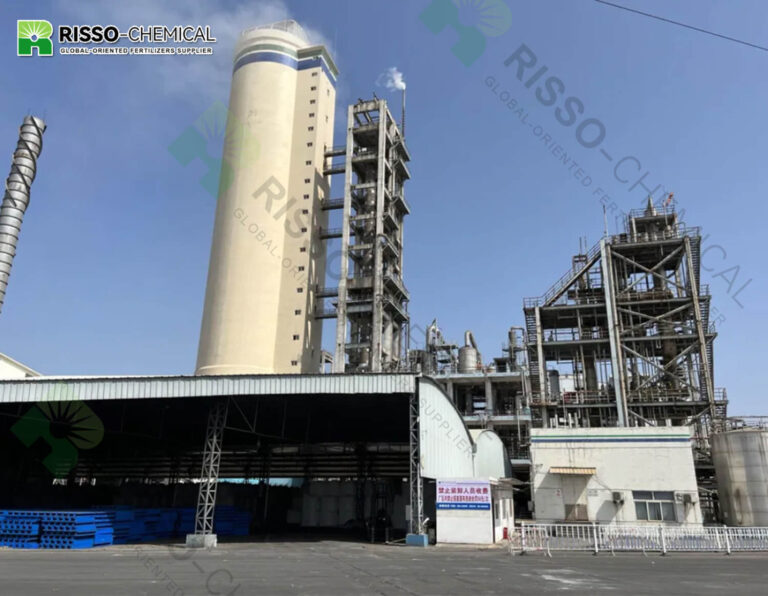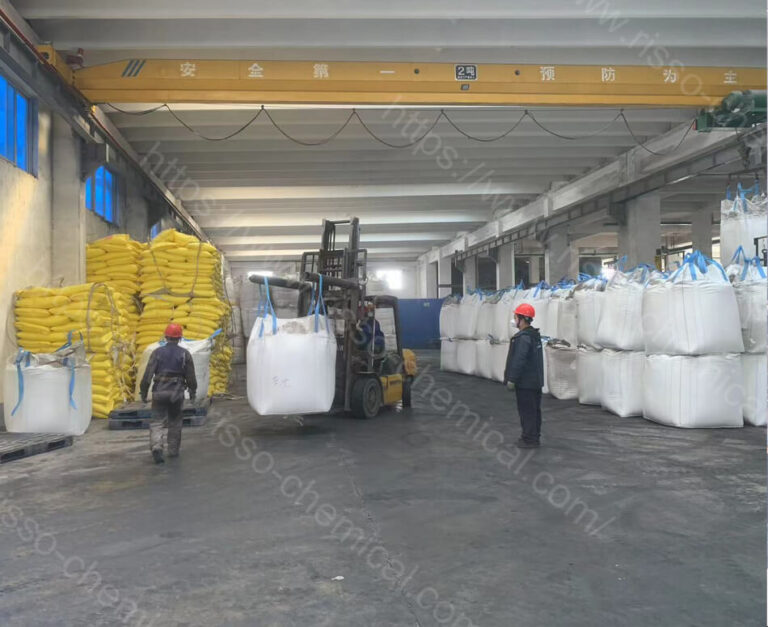Bio Fulvic Acid
Bio Fulvic Acid
| Product Name: | Bio Fulvic Acid / Bio Humic Acid |
| Color Type: | Organic and Yellow Brown |
| Usage/Application : | Agriculture |
| Form : | Powder |
| Material : | Fulvic Acid 60 % |
| Packaging Size : | 25-50 KG |
| Benefit : | Plant growth And Root Development |
| Categories : | Agriculture Growth Promoter |
| Solubility : | 100% |
| Dosage : | 1 GM/1 LTR water |
Bio Fulvic Acid Description
Bio Humic Acid has two fulvic acid content: 50% and 60%. For bio fulvic acid 50%, we also call it Bio Fulvic Acid. Both are important fulvic acid salt, are complete water soluble. Could be used for foliar spray.
Product Name: – Plant Growth Promoter and Root Development
| ITEMS | RESULTS |
| 1.Appearance | Brown yellow powder |
| 2.Odor | Smell of Fulvic |
| 3.Solubility in water | 99.9% |
| 4.PH | 5-7 |
| 5. Fulvic Acid (Dry Basis) | 90% |
| 6. Amino Acid | 5% |
| 7.Gibberellin | Suitable |
| 8.Potassium | 10% |
| 9.Finess | 85 Mu |
| Product Code | Bio Fulvic Acid 60% | Bio Fulvic Acid 50% |
| Appearance | Yellow Powde | Brown Powder |
| Water solubility | 100% | 100% |
| Fulvic acid | 80%min | 50%min |
| PH | 5.0-6.0 | 5.0-6.0 |
| Appearance | brown powder | |
We also can produce fulvic acid+Te(Fe/Cu/Mn/Zn) which you want
BIO Fulvic Acid Function
- Fulvic acid helps create a desirable soil structure that facilitates water infiltration and helps hold water within the root zone.
- Fulvic acid and Humates stabilize or assists in the degradation of toxic substances such as: nicotine, aflatoxins, antibiotics, shallots, and most organic pesticides.
- Seeds are coated in our seed mix (50% powdered Humates) or dipped in fulvic acid , humic acid or liquid Humates it improves the strike rate and speeds growth.
- Fulvic acid have a very pronounced influence on the growth of plant roots. When humic acids and/or fulvic acids are applied to soil enhancement of root initiation and increased root growth.
- Fulvic acids are excellent foliar fertiliser carriers and activators. Their application in combination with trace elements and other plant nutrients, as foliar sprays, can improve the growth of plant foliage, roots, and fruits.
- As foliar fertilizer synergist solve the organic chelating and antioxidant capacity of divalent iron , its solution is oxidized store growth .
- Increased the foliar surface activity and penetration , enhanced adhesion and rapid plant foliar absorption .
- Improves foliar fat and more nutrients to function, especially humic acids , amino acids, organic high calcium content of plant calcium supplement nutrients have a significant effect .
- Can increase nutrients and trace elements physiological activity and operating efficiency , due to the small molecular weight B -type products , and more active groups , and have a strong affinity chelating power and form a water-insoluble organic chelates , for operation with the absorption of nutrients have strong physiological functions and biological activity.
- For Soil improvement and conditioning aspects. Soil is the basis of a variety of plant life , soil physical and fertility conditions or bad decisions and final crop yield, if the soil is poor ( permeability, aggregate structure , organic matter, fertility and nutrients , pH , water retention , fertilizer conservation , etc. ) will cause a lot of adverse effects ( poor growth , developmental delay, soil compaction, salinization hazards, water Quefei , physiological diseases , etc. ) , or even to grow crops , when crop failure have occurred.
- According to the soil survey, two-thirds of the country ‘s arable land have different levels of soil problems , saline coastal and northern South acidic soil, especially soil compaction , low organic matter, retain water and poor soil fertility , fertilizer runoff and fixed serious , fertilizer use rate of only 30-40 %. In such soil conditions, unfavorable agricultural sustainable development and high yield. Therefore , the problem is a major issue soil current development of agricultural production, many experts have been discussing and try to resolve .
Benefits:-
1. Helps in rapid & healthy growth of crops,
2. ncrease root respiration & formation, thickens, enlarges & blesses the leaf growth,
3. Promoting the development of shoots & roots stimulants cell division, there by improve the fruit size.
4. Increasing the flowering for crop.
5. Enhancing the quantity of flowering.
6. More productivity through increasing quality flowering.
7. Plant growth promoter and flowering stimulant.
8. Increases quantity and quality of yield.
Target Crop:– Fruit, Vegetable, Kharif and Rabi crop, sugarcane, paddy, cotton.
Packing: 1KG/10KG/20KG/25KG PP Bag
1. Helps in rapid & healthy growth of crops,
2. ncrease root respiration & formation, thickens, enlarges & blesses the leaf growth,
3. Promoting the development of shoots & roots stimulants cell division, there by improve the fruit size.
4. Increasing the flowering for crop.
5. Enhancing the quantity of flowering.
6. More productivity through increasing quality flowering.
7. Plant growth promoter and flowering stimulant.
8. Increases quantity and quality of yield.
Target Crop:– Fruit, Vegetable, Kharif and Rabi crop, sugarcane, paddy, cotton.
Packing: 1KG/10KG/20KG/25KG PP Bag

What will you get when touch?
✔ Quick & helpful reply within 6 hours.
✔ Tailored solutions for your project.
✔ One-stop product, tech, market
✔ Tailored solutions for your project.
✔ One-stop product, tech, market
Bio Fulvic Acid: Guide
Bio Fulvic Acid is a kind of humic acid, It is a kind of short carbon chain molecular material extracted from natural plants, with high loading capacity and physiological activity. its main components containing fulvic acid, amino acid, trace element, etc.
Its appearance is brown yellow powder. It is instantly dissolved in water. Water Solubility: 99.9%. PH: 5.0-7.0.Product Features:
(1)Bio Fulvic Acid is a plant growth regulator,it can promote plant growth and improve nutrient uptake.
(2)Bio Fulvic Acid has an important role in plant drought resistance. It can improve plant resistance, increase yield and improve plant quality.
(3)Bio Fulvic Acid can accelerate sedimentation and decomposition and improve soil structure.
Its appearance is brown yellow powder. It is instantly dissolved in water. Water Solubility: 99.9%. PH: 5.0-7.0.Product Features:
(1)Bio Fulvic Acid is a plant growth regulator,it can promote plant growth and improve nutrient uptake.
(2)Bio Fulvic Acid has an important role in plant drought resistance. It can improve plant resistance, increase yield and improve plant quality.
(3)Bio Fulvic Acid can accelerate sedimentation and decomposition and improve soil structure.
















